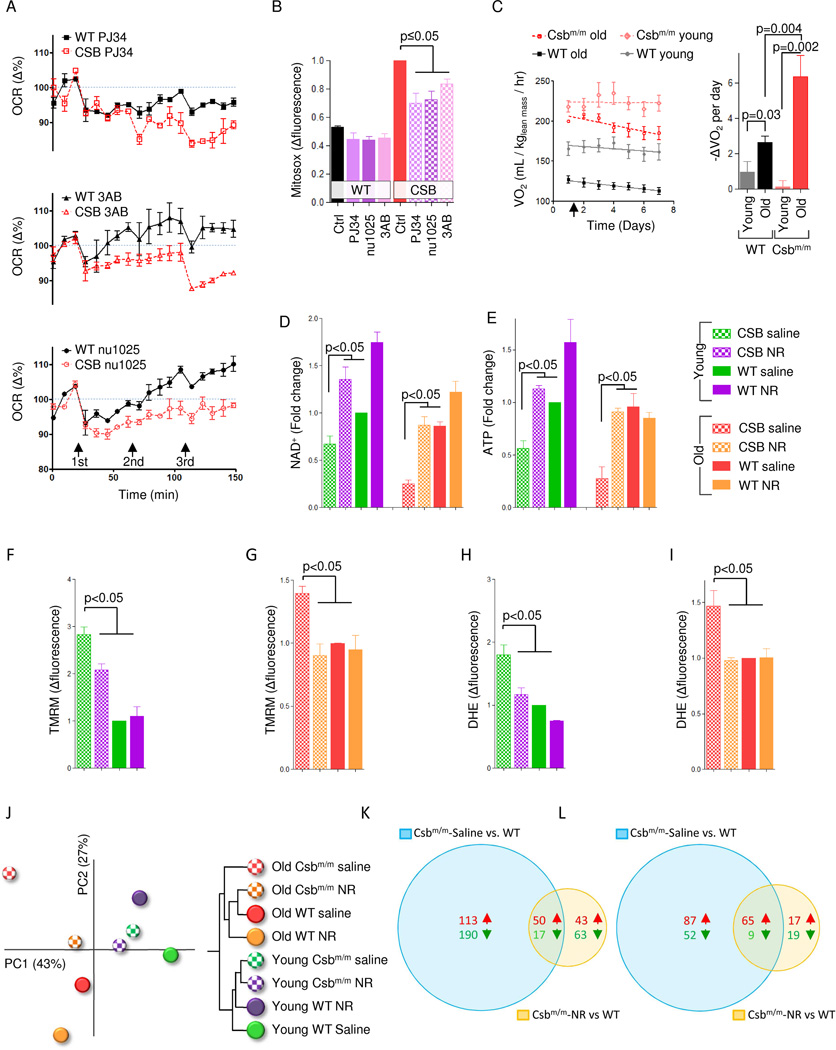Fig. 7. PARP inhibition or NAD+ replenishment rescues CS associated alterations in mice and human cells.
(A) Measurements of the oxygen consumption rate using the Seahorse XF24 analyzer while adding increasing doses of the PARP inhibitors 3AB, NU1025 or PJ34 (n=3 separate experiments, mean ± SEM). (B) Flow cytometry of mitochondrial superoxide production in WT and CSB deficient cells after 24 hours treatment with the PARP inhibitors (n=3, mean ± SEM). (C) Whole body oxygen consumption rates in 4 months (young) and 16 months (old) old WT and Csbm/m mice after daily intraperitoneal injections of PJ34 (25mg/kg body weight) (n=3–8, right is the quantification of the slopes). (D) and (E) NAD+ and ATP levels in the cerebellum of young and old WT and Csbm/m mice after 1 week treatment with the NAD+ precursor nicotinamide riboside (n=3–5, mean ± SEM). (F–I) Mebrane potential and ROS production in isolated mitochondria from the cerebellum of WT and Csbm/m mice (n=3–5, mean ± SEM). (J) A principal component analysis and hierarchical clustering of transcriptomic changes in the cerebellum of mice treated with NR. (K) Venn-diagram of significantly changed gene expressions when comparing old Csbm/m saline treated mice vs. old WT saline treated mice and old Csbm/m NR treated mice vs. old WT saline. (L) Venn-diagram of significantly changed gene expressions when comparing old Csbm/m saline treated mice vs. old WT saline treated mice and old Csbm/m NR treated mice vs. old WT saline.

